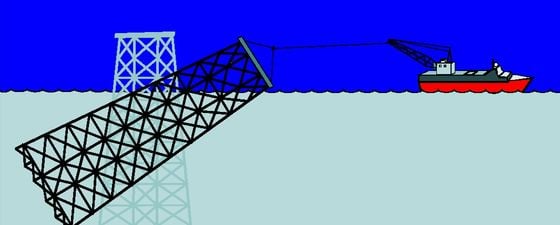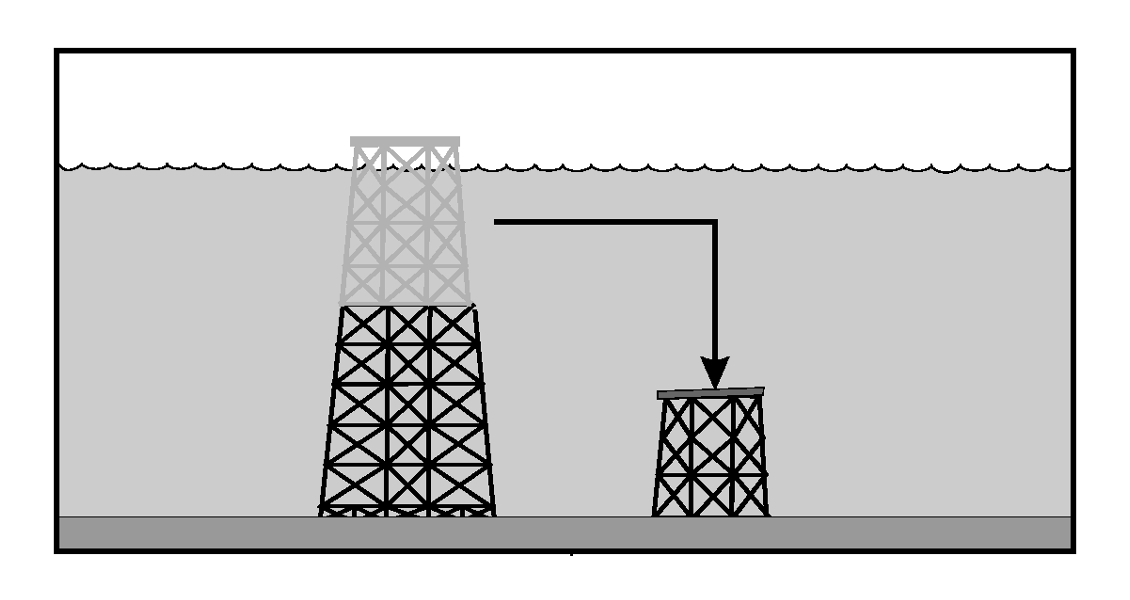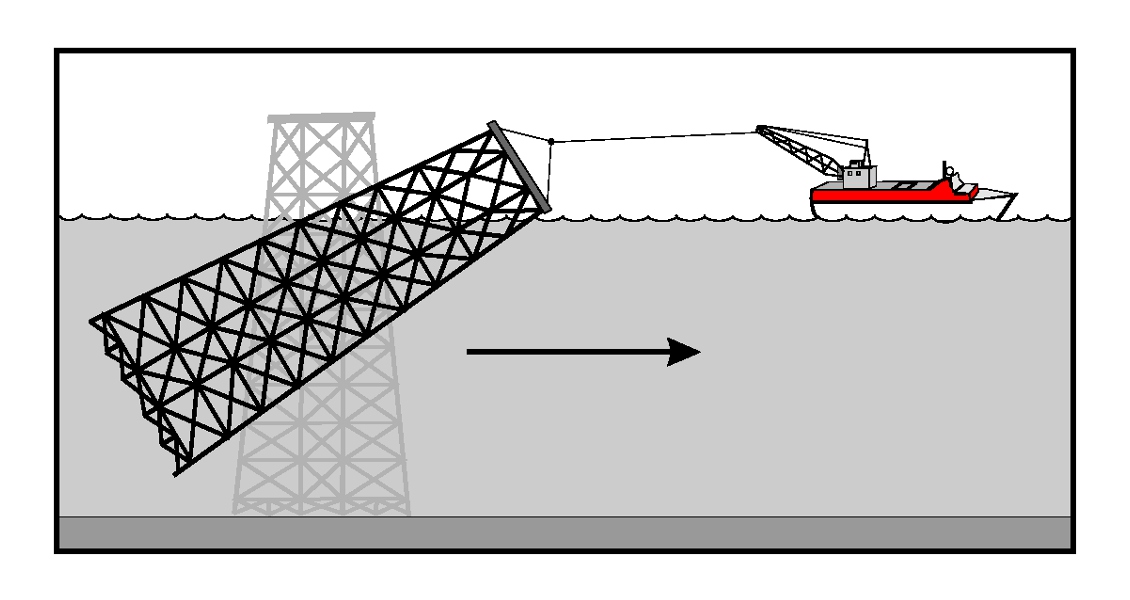Chess theory allows for an opening, a middlegame and an endgame. The boundaries are somewhat blurred but if we take the literal interpretation of the endgame as starting when ‘there are only a few pieces left on the board’ then the North Sea has not entered the endgame proper just yet. Nevertheless, as the industry celebrates its 50th anniversary (see GEO ExPro Vol. 12, No. 5 – A Golden Celebration for Silver Seas) the rate of decommissioning (removal of the ‘pieces’) is expected to accelerate, with Wood Mackenzie predicting that 140 of the 330 fields in the UK North Sea may close in the next five years1. And this scenario is predicted to play out even if oil hits $85 a barrel.
The Wood Review emphasised the need for industry to focus on maximising economic recovery from the UK Continental Shelf (UKCS) and called for the establishment of a decommissioning strategy to realise that goal. Consequently, a number of the larger decommissioning schemes to be delivered in the next five to seven years (e.g. Brent, Miller and Thames), will act as flagship projects that will provide insight for the industry.
To help facilitate the process Oil & Gas UK has been tasked with providing an annual review of activity and expenditure. Key findings from the Decommissioning Insight 2014 report include:
- In 2013, £470 million was spent on decommissioning
- Forecast expenditure on decommissioning from 2014 to 2023 is £14.6 billion
- 43% or £6.3 billion will be concentrated in the central North Sea
- Largest expenditure is well plugging and abandonment – 44% or £6.4 billion
- Expenditure in 2014 will reach £1 billion and will average £1.5 billion from 2014 to 2023
Regulation
The offshore decommissioning process within the UKCS, Norway, The Netherlands, Denmark and Germany is governed by the Oslo Paris Convention (‘OSPAR’), which states that all installations must be totally removed unless there are safety and/or technical limitations which mean that leaving the structure (or part of it) in place is permissible. Within this framework countries also apply their own internal legislation.
The UK government handles decommissioning on a case-by-case basis, negotiating with stakeholders and monitoring activities. It also has a mechanism for initiating the decommissioning process and of protecting funds set aside for the purpose. The principal legislation in the UK is the Petroleum Act (1998), Part IV of which merges provisions of the 1987 Petroleum Act and several other acts2.
The ‘Act’ empowers the Secretary of State (SoS) to serve a notice requiring a decommissioning programme, referred to as a Section 29 Notice. When served it requires the person(s) on whom it is served to submit a decommissioning program for approval and also places on them the legal obligation to carry out the works. Failure to comply with a Section 29 Notice allows the SoS to prepare a plan and seek reimbursement from the defaulting party.
The 2009 Model Joint Operating Agreement also includes a Model Decommissioning Security Agreement (DSA) to ensure the availability of funds to pay for decommissioning. The DSA provides that a trust fund be established and that all sums set aside will be protected and will remain available for paying decommissioning costs. The UK has effectively transferred the primary liability for all decommissioning activities from itself onto the oil companies2.
Into the Unknown
Although the legal and regulatory framework in the UKCS is fairly well established, it is worth highlighting that there may well be more questions than answers in the North Sea decommissioning endgame proper. There remain questions of ‘residual liability’ for infrastructure left wholly or partly in place and around the provision of the ‘decommissioning relief agreement’ and how that could impact the public purse3.
HSE concerns around ageing assets in the North Sea appear to be growing as companies are falling behind on maintenance to essential equipment. According to the Financial Times (FT): ‘In the second half of 2014 platforms were on average 8,000 man-hours behind schedule on their maintenance programmes to “safety-critical equipment”, compared to an average of 2,000 man-hours at the beginning of 2009… essential repairs are not being done, potentially endangering safety’1.
The Opportunity
Decommissioning will signal the end for some and herald the beginning of an opportunity to others. With an increasing number of lucrative projects available, some of the more ‘traditional’ exploration and production companies are turning their hand to decommissioning activities; after all, they have regional experience and know-how. An example reported in the FT1, suggests that Fairfield Energy has decided to turn itself into a decommissioning specialist by taking on the process at its Dunlin Alpha Field.
The real endgame may be some way off but opportunities to promote pawns into queens should not be overlooked.








